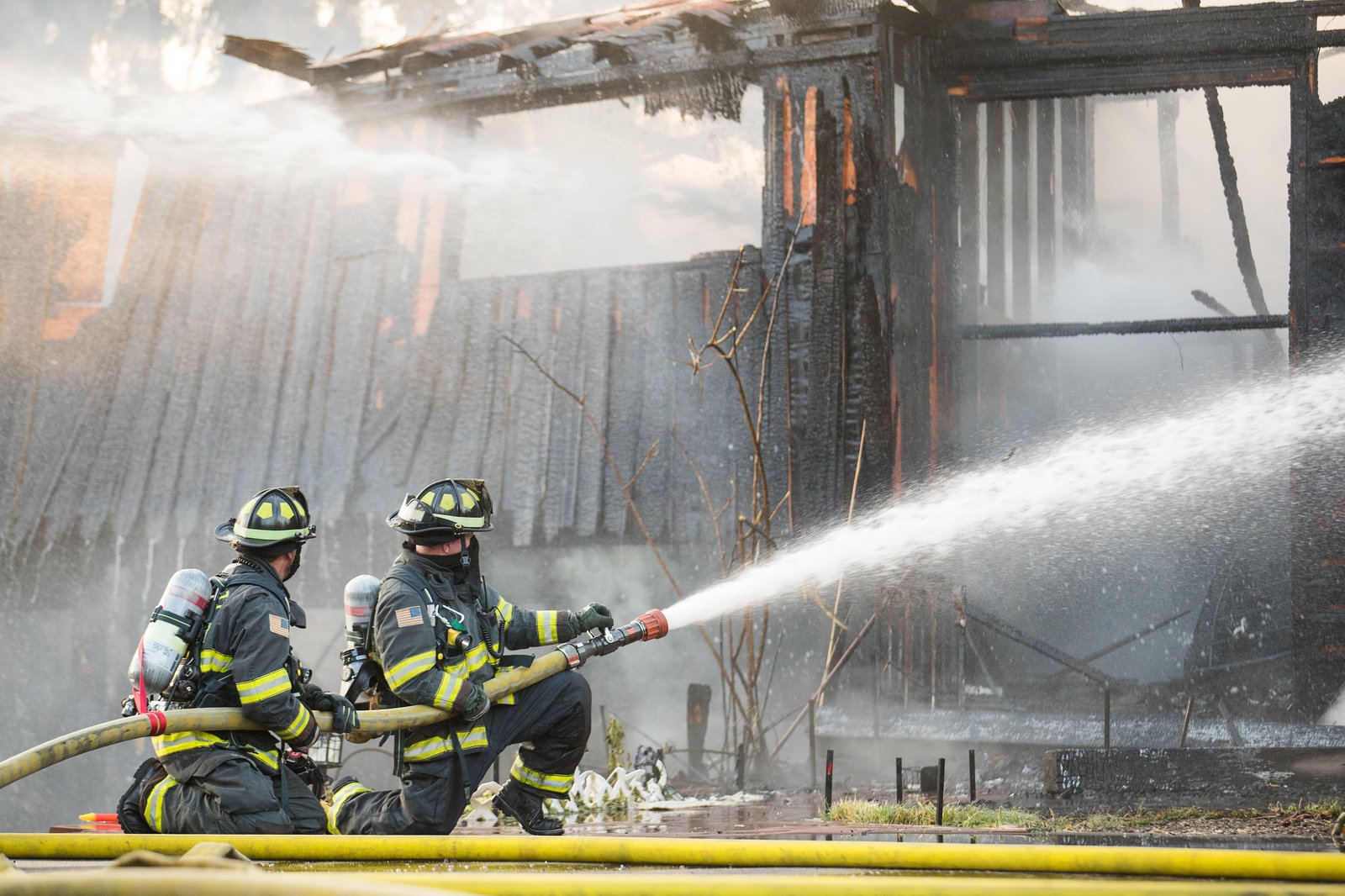How To Avoid Underinsuring Your Property
Risk ManagementArticleMay 5, 2025
How To Avoid Underinsuring Your Property
With ongoing pressure on your budgets, it is easy to overlook the adequacy of your insurance cover. The financial consequences of inadequate protection or underinsurance are substantial for any organisation. According to the latest research, around 76% of UK buildings are underinsured, and 10% of small to medium enterprises (SMEs) would struggle to cover the costs of a loss or damage of £10,000 or more.
What is underinsurance?
Underinsurance occurs when the insured sum is insufficient to cover the total loss of your property. This situation can lead to your insurance not fully covering the claim, resulting in a significant and unfunded financial burden for your organisation. This can have wider ramifications; for example, a local authority may be under contract to provide services to the local community, such as the provision of leisure facilities or accommodation to vulnerable individuals, resulting in increased costs regardless of whether they are economic. If the building being used to provide such a service suffers a fire that destroys the entire building and is then found to be underinsured, not only could the local authority be liable to fund any gap in the reinstatement cost, but the delay also caused may lead to increased costs of providing services by other means.
How does underinsurance happen?
The most common reasons for underinsurance include:
- Gaps in risk profiling and incorrect methodology being used to analyse the risks.
- Failure to undertake regular (every three to five years) valuations which in turn leads to assets that have appreciated in value without insurance cover being adjusted.
- Not keeping pace with indexation guidance from your insurer.
- Insuring for market value instead of reinstatement value. You also need to accurately calculate the costs of reinstating a building as new in the event of a total loss (including not only materials and labour but professional fees in drawing up plans, debris removal costs in clearing the site, and any VAT liability).
- Inadequate provision for VAT liability, if any.
- Relying on reinstatement costs assessments which are not appropriate for the type, size or complexity of the building being insured.
- Only referring to published average construction costs.
- Not taking advantage of your insurer’s expertise. Insurance companies have a wealth of information and services available for their clients to tap into, and many are included at no additional cost. Customers are often unaware that they can call on insurers to advise and support them to ensure they have adequate insurance coverage.
Underinsurance has been recognised as an endemic issue for some time. The latest inflationary pressure in recent years has worsened this problem, leaving many organisations underinsured. Price increases have impacted everything from building materials to the cost of labour. For example, construction costs have increased 20-30% over the last three years. However, the stark reality is that any organisation that has not reviewed its insurance coverage since 2021 may be underinsured in several areas.
How can Zurich assist you with avoiding underinsurance?
Zurich’s Risk Engineers apply a ‘boots to suits’ philosophy, conducting both on-site assessments and office-based data analysis and research. We engage with all stakeholders at the start of a project, including architects, designers, and contractors, and have access to the latest risk information. This is particularly crucial for emerging risks, such as installing Fixed Fire Protection (FFP) in bespoke storage facilities with automated retrieval systems and Lithium-ion battery storage.
With over 700 risk engineers in 40 countries, we have the expertise to address new areas of risk.
Our risk assessors can provide:
- Onsite assessments of the property - in which our cost analysis is on an elementary cost basis rather than general rebuild values that are derived solely from published rating guides. This prevents inaccuracy concerning the broad replacement costs per square metre provided in standard guides.
- Portfolio health check – provides a high-level review of property insurance across your portfolio by an experienced surveyor, comparing actual rebuild costs against published cost data.
- Desktop Reinstatement Cost Assessment (RCA) – each property receives an individual report, including a description of each property and a breakdown of the declared value. RCAs can be done on an individual or portfolio assessment.
Conclusion
Underinsurance is a significant issue for many organizations, often going unnoticed until a claim is made. To learn more about avoiding underinsurance, and to get the latest insights and developments on Fixed Fire Protection (FFP) and Zurich’s assessment process, please listen to our latest webinar.
